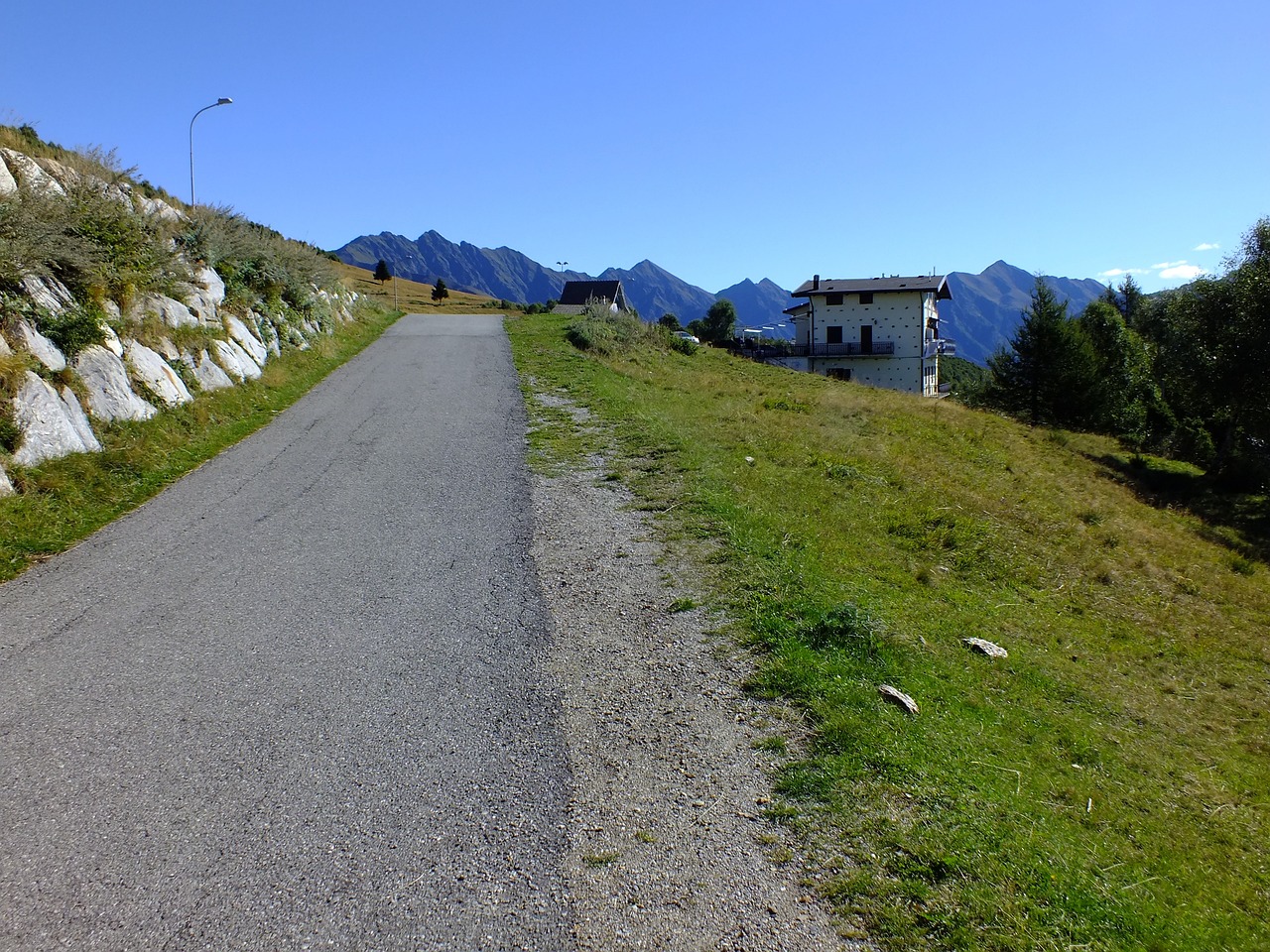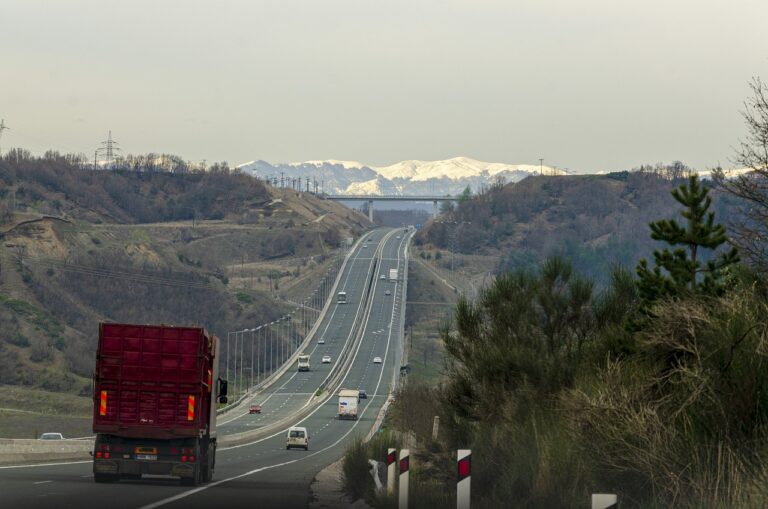Ride-Hailing and the Future of AI-Powered Route Optimization for Environmental Conservation: 99 exchange, Laser247, World 777 betting
99 exchange, laser247, world 777 betting: Ride-hailing services have revolutionized the way we commute, offering convenience and affordability to passengers while providing additional income opportunities for drivers. However, as the demand for these services continues to grow, so does the need for more efficient route optimization to reduce congestion, save time, and ultimately, improve the environment.
The integration of artificial intelligence (AI) into ride-hailing apps has made it possible to optimize routes in real-time based on a multitude of factors, such as traffic congestion, weather conditions, and passenger demand. This AI-powered route optimization not only benefits passengers by getting them to their destinations faster but also has the potential to significantly reduce carbon emissions and environmental impact.
By identifying the most efficient routes for drivers to take, AI can help minimize fuel consumption and vehicle emissions, ultimately contributing to environmental conservation efforts. With the ability to analyze and predict traffic patterns, AI-powered route optimization can also help reduce congestion on roads, leading to smoother traffic flow and less idling time for vehicles.
Moreover, AI can help ride-hailing companies better manage their fleets, ensuring that vehicles are utilized more efficiently and reducing the overall number of cars on the road. This, in turn, can lead to a decrease in greenhouse gas emissions and other pollutants, making a positive impact on the environment.
As technology continues to advance, the future of ride-hailing and route optimization looks promising for environmental conservation efforts. By harnessing the power of AI to constantly analyze and improve route efficiency, ride-hailing companies can play a significant role in reducing their environmental footprint and promoting sustainable transportation solutions.
So, what can we expect in the future of AI-powered route optimization for environmental conservation? Here are a few key points to consider:
1. Increased use of AI algorithms to optimize routes based on real-time data.
2. Integration of predictive analytics to anticipate traffic patterns and make proactive route adjustments.
3. Collaboration between ride-hailing companies, city planners, and environmental organizations to maximize the environmental benefits of route optimization.
4. Continued advancements in AI technology to further improve route efficiency and reduce emissions.
In conclusion, ride-hailing services have the potential to be a driving force in promoting environmental conservation through AI-powered route optimization. By leveraging the power of AI to optimize routes, reduce emissions, and improve overall efficiency, ride-hailing companies can make a significant impact on the environment while providing a valuable service to passengers. Let’s embrace this technology and work together towards a more sustainable future.







